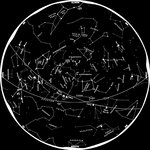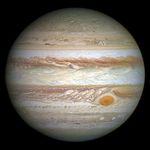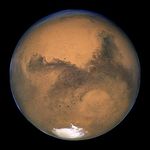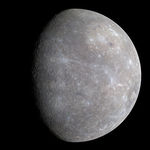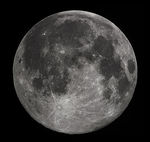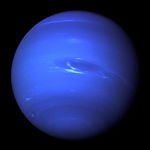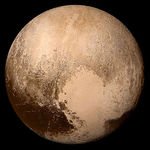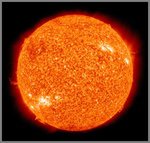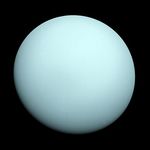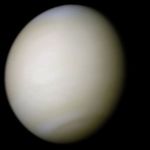Planets
For the ancient Greeks (before the age of telescopes) the night sky was thought to consist of two very similar components: fixed stars, which remained motionless in relation to each other, and "wandering stars" (Ancient Greek: asteres planet-ai), which moved relative to the fixed stars over the course of the year.
This group comprised the five planets visible to the naked eye (Mercury, Venus, Mars, Jupiter, Saturn) and latterly broadened to include the Sun and the Moon, making a total of seven planets.
After the invention of telescopes another 3 planets were identified (Unanus, Neptune, Pluto)
Link/cite Planets page
Written by: The Editors of GreekMythology.com. GreekMythology.com editors write, review and revise subject areas in which they have extensive knowledge based on their working experience or advanced studies.
For MLA style citation use: GreekMythology.com, The Editors of Website. "Planets". GreekMythology.com Website, 14 Feb. 2017, https://www.greekmythology.com/Myths/Planets/planets.html. Accessed 26 April 2024.

